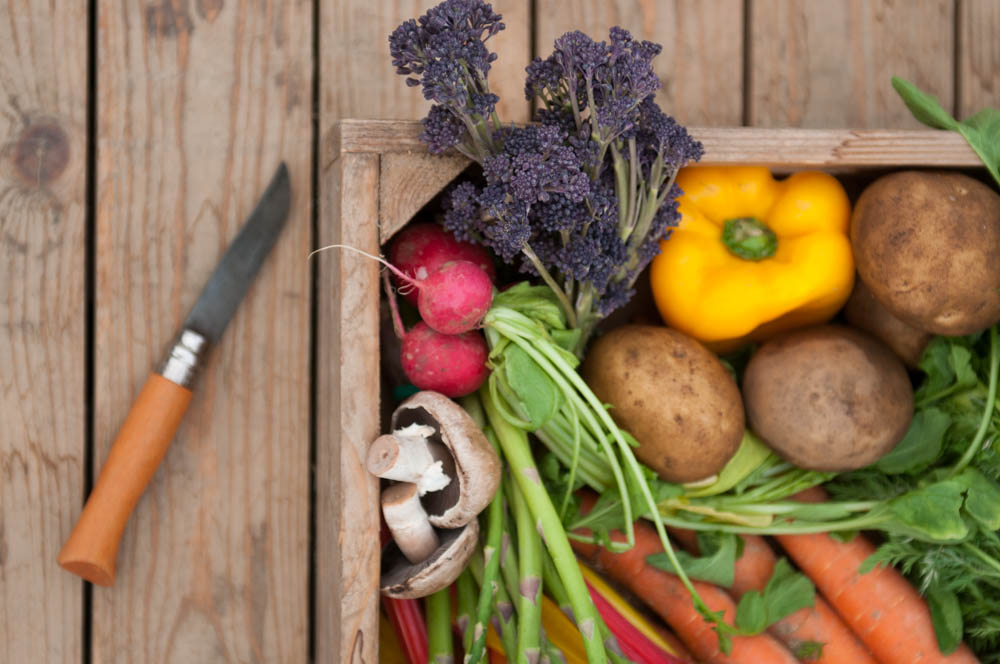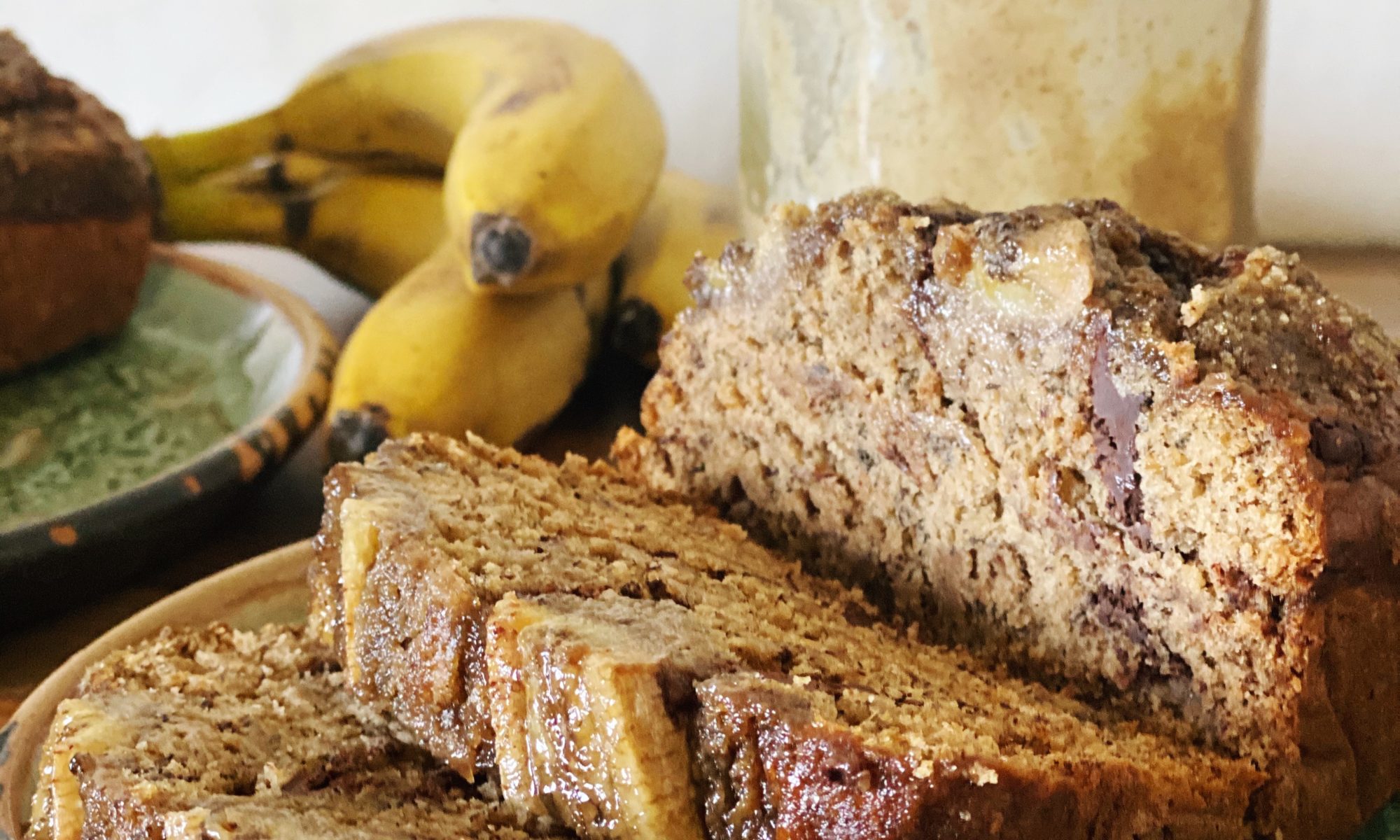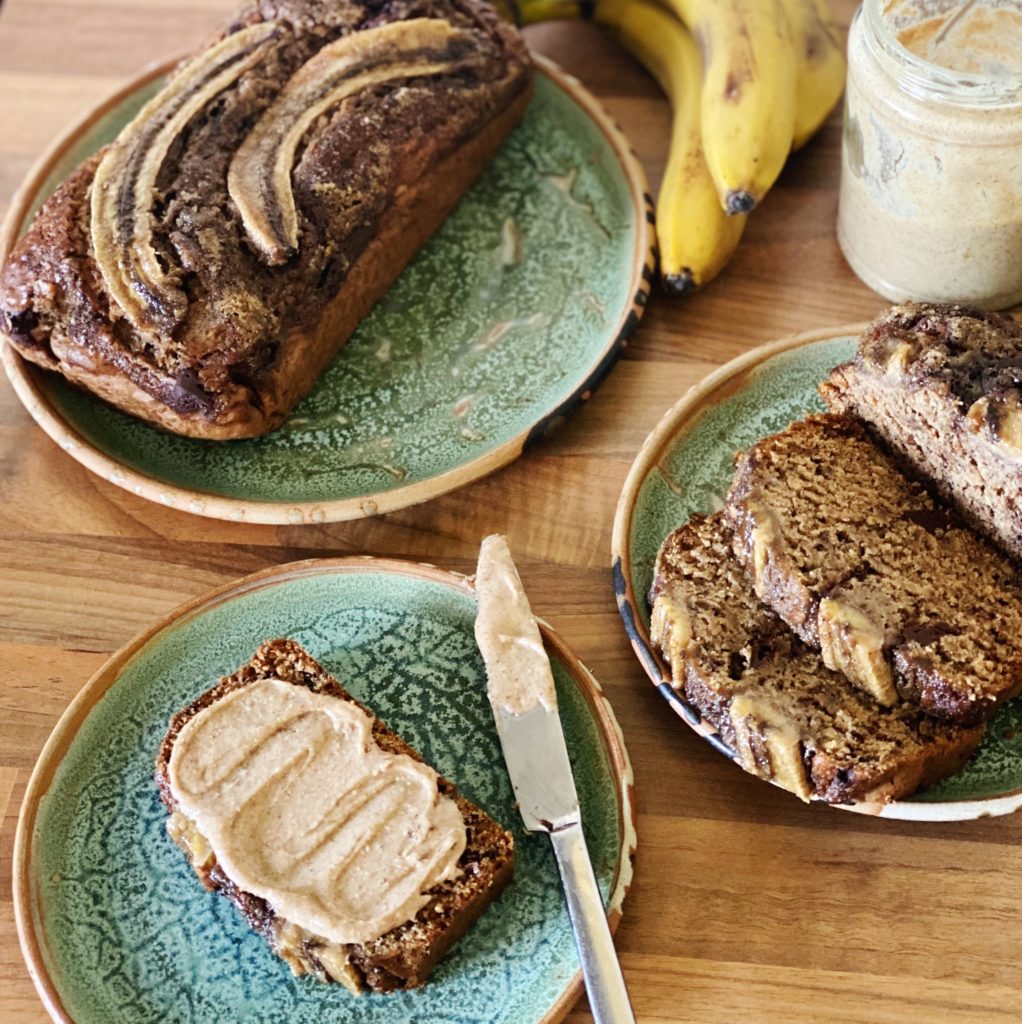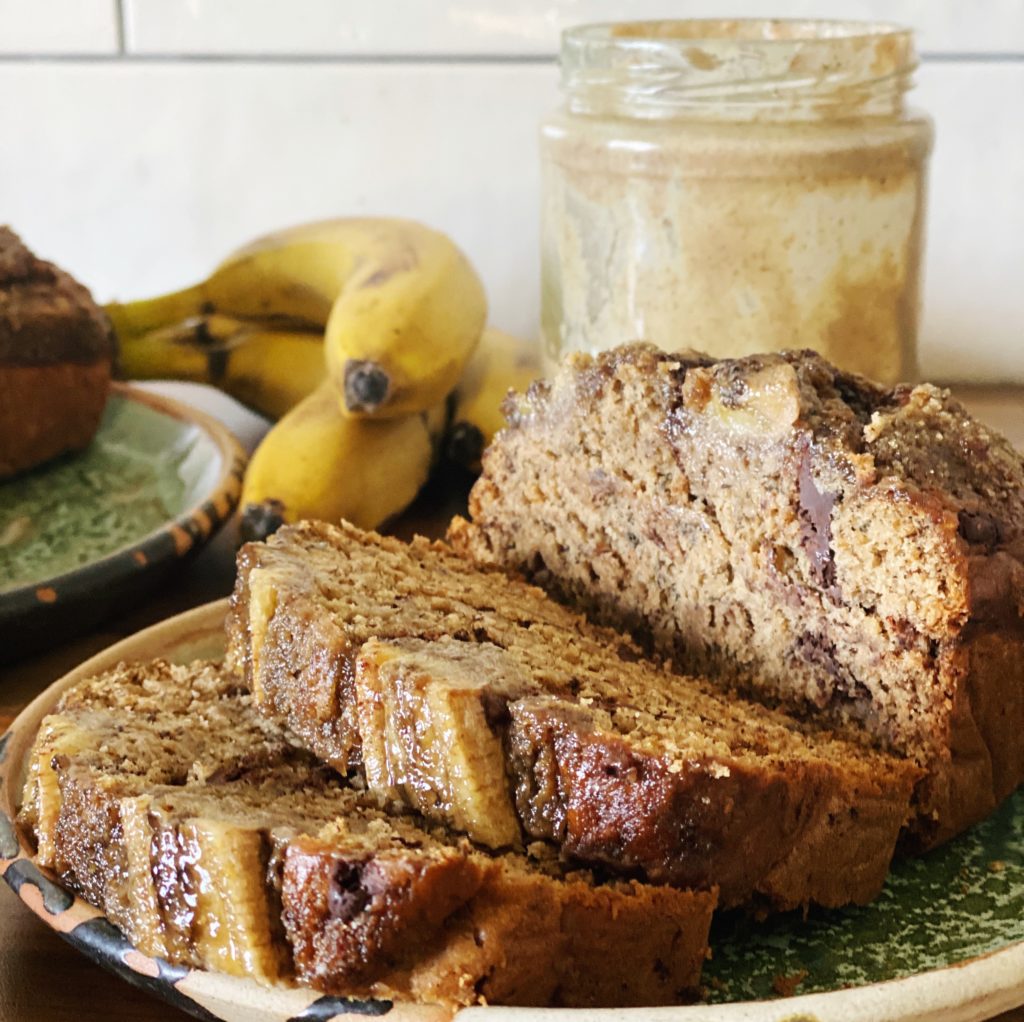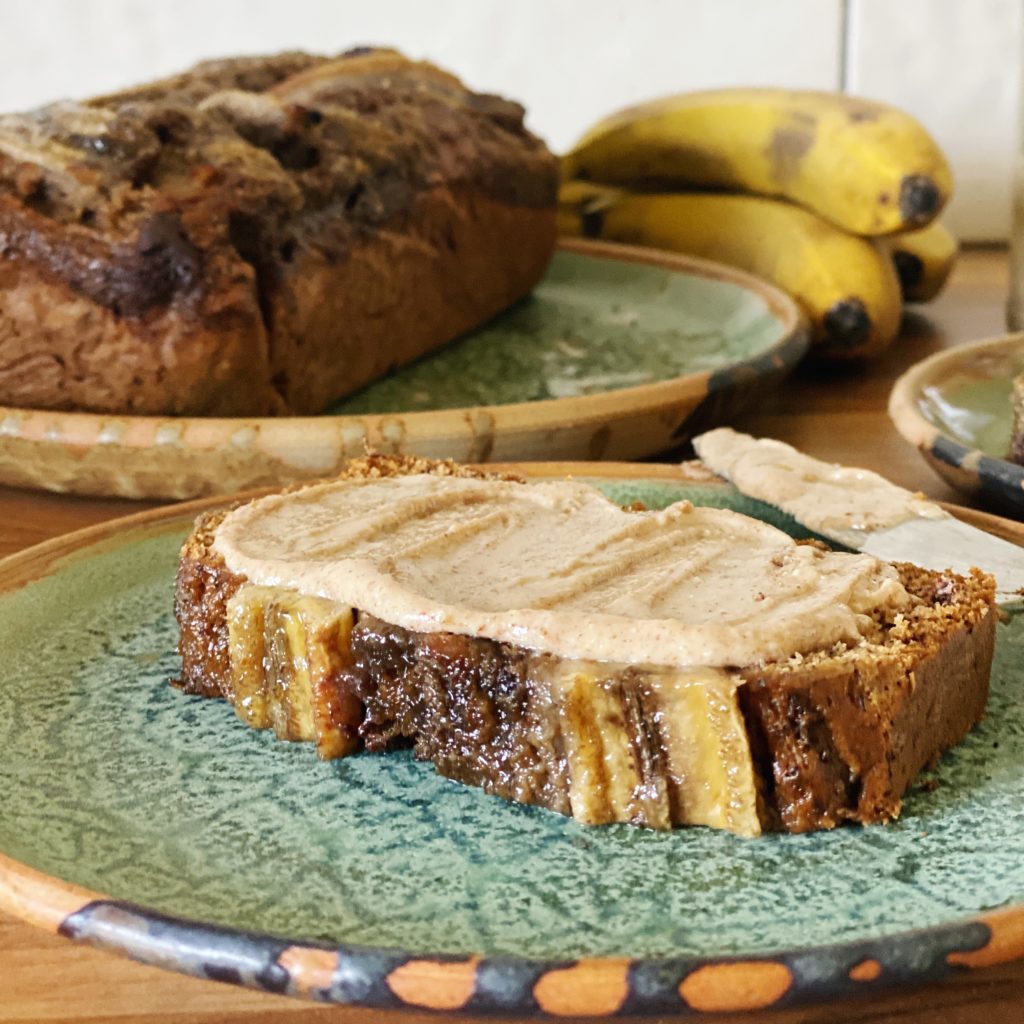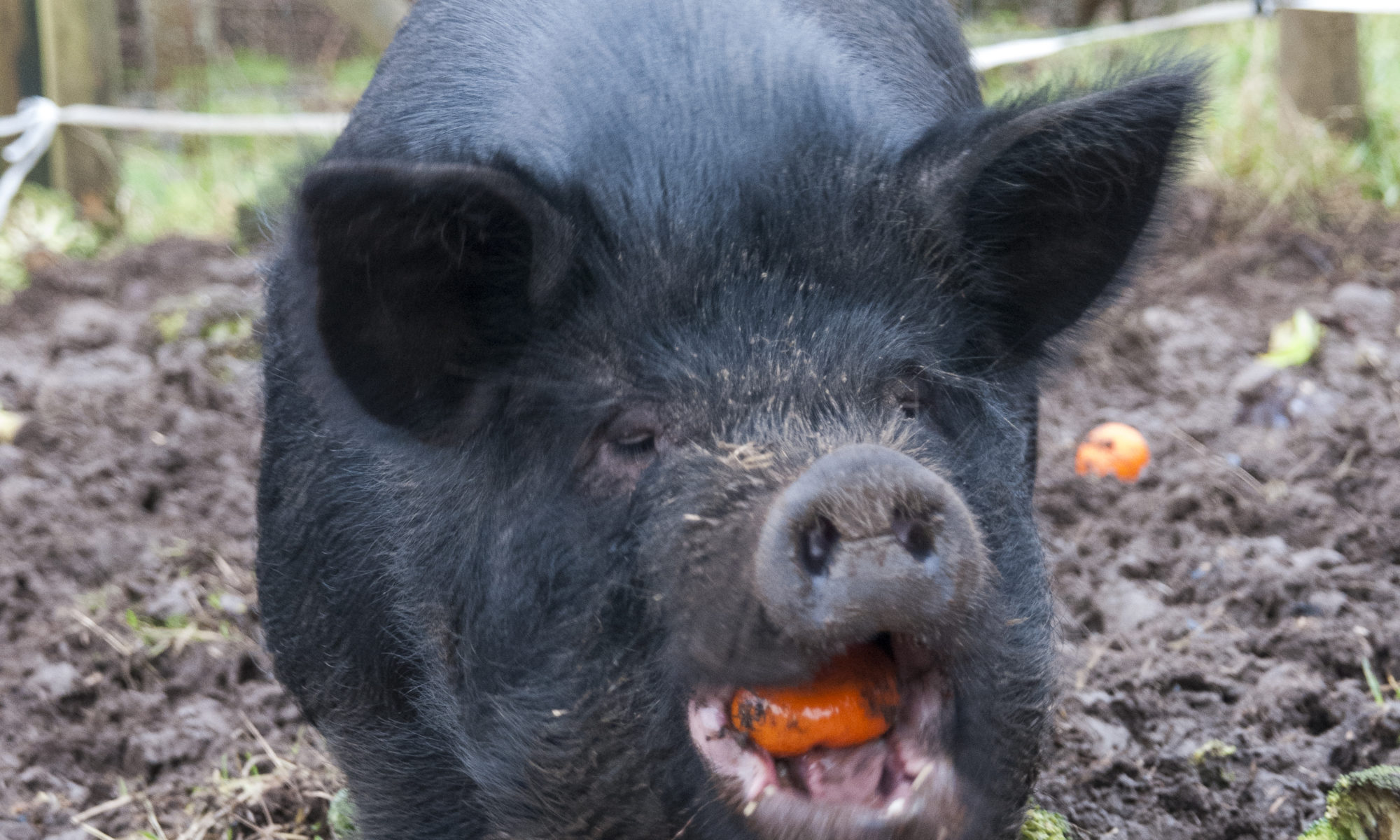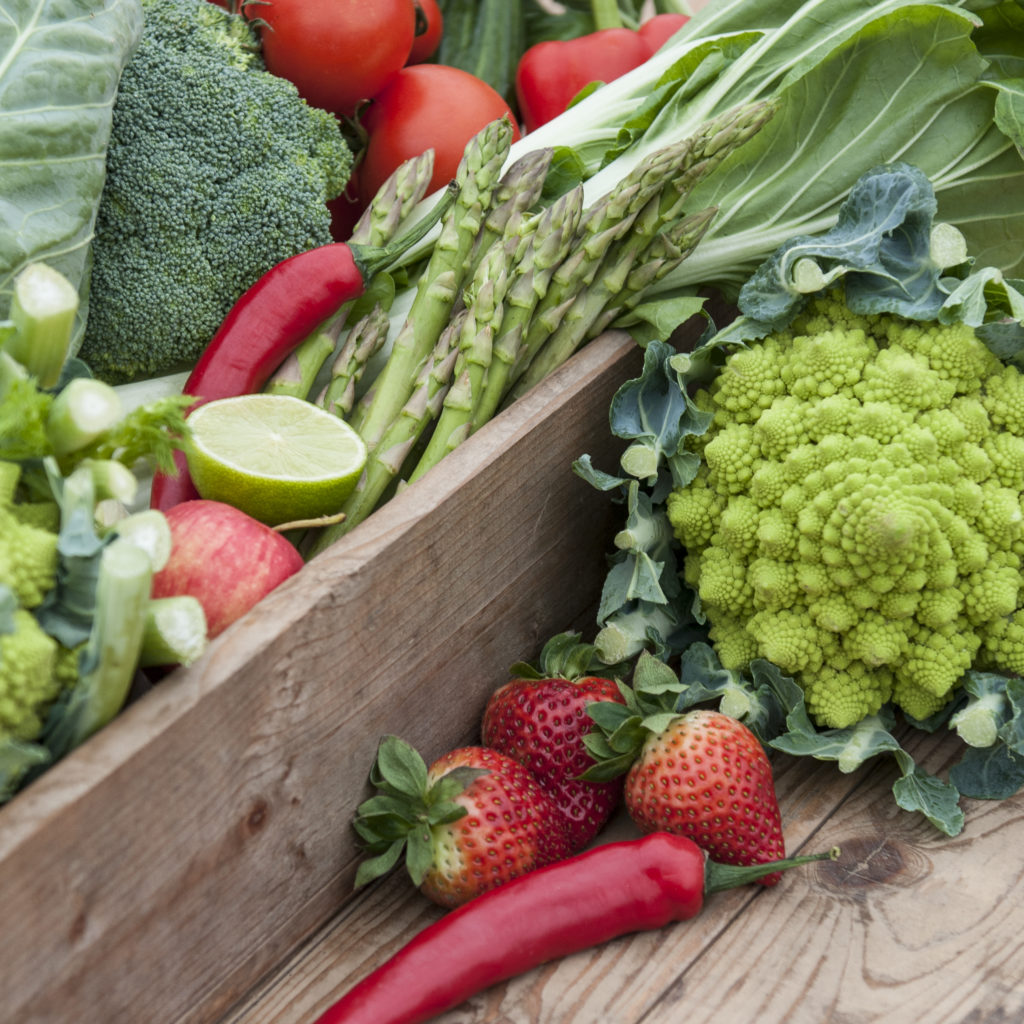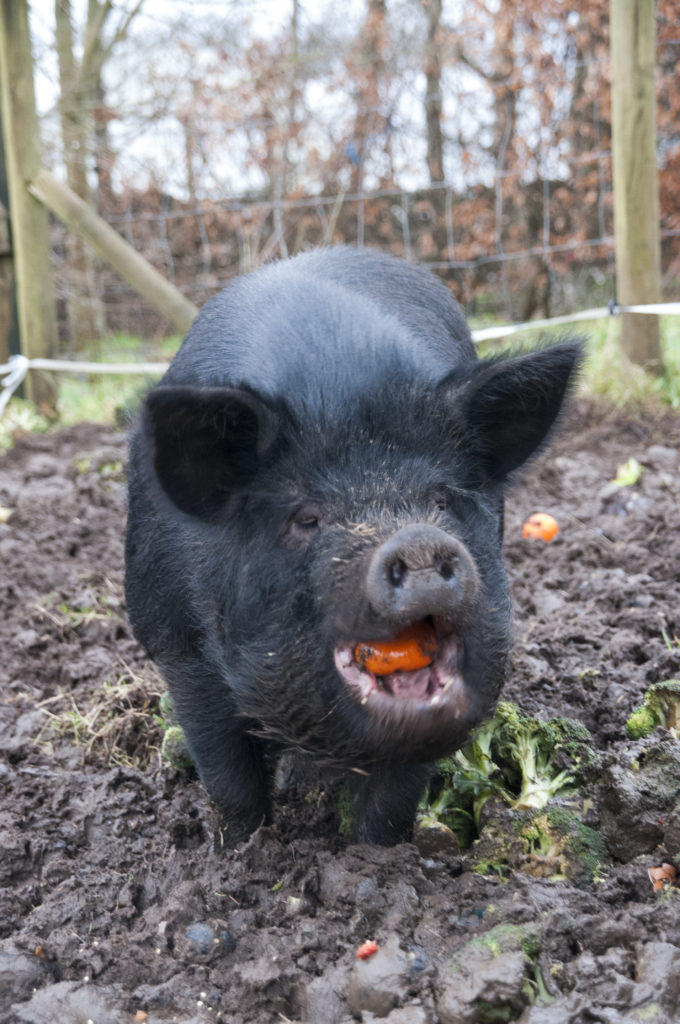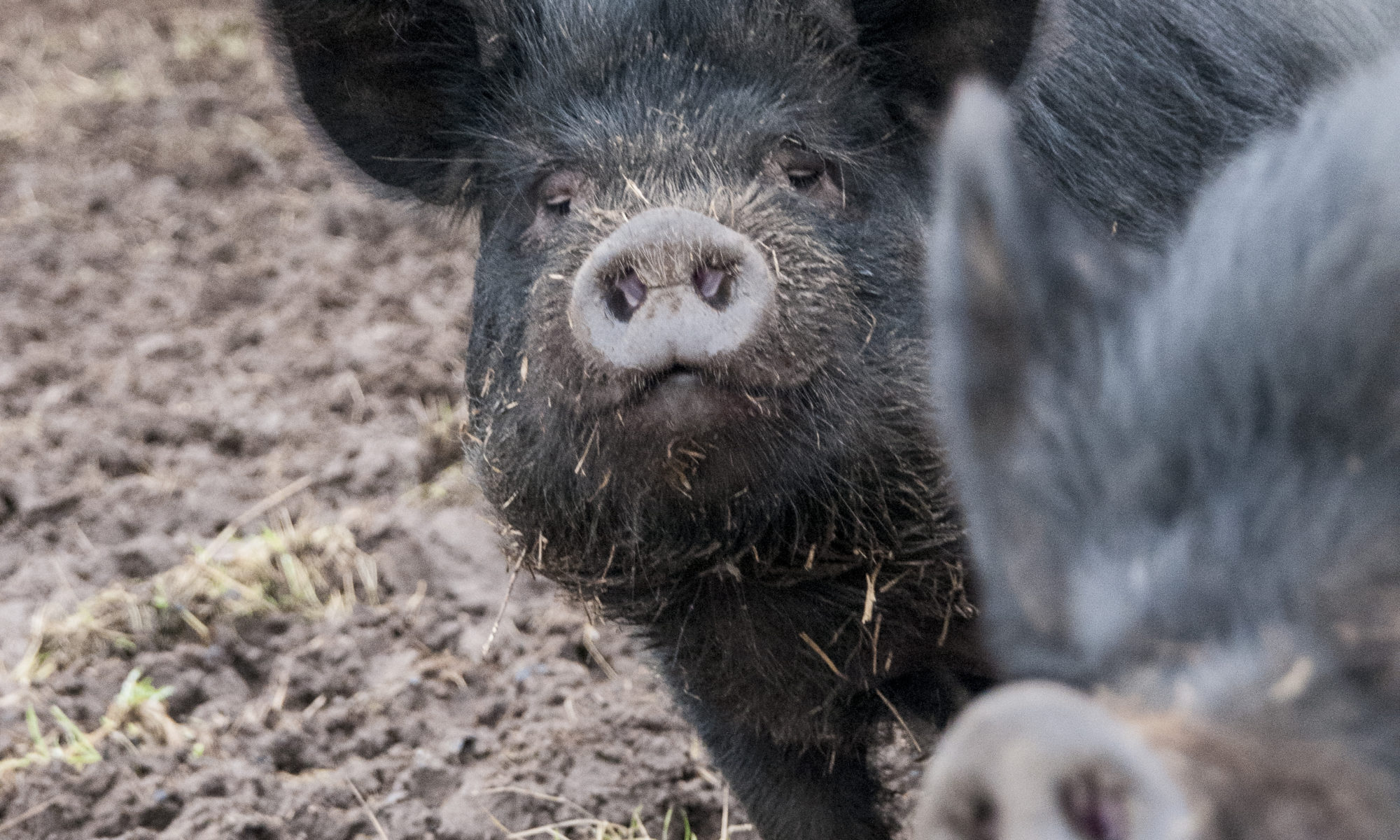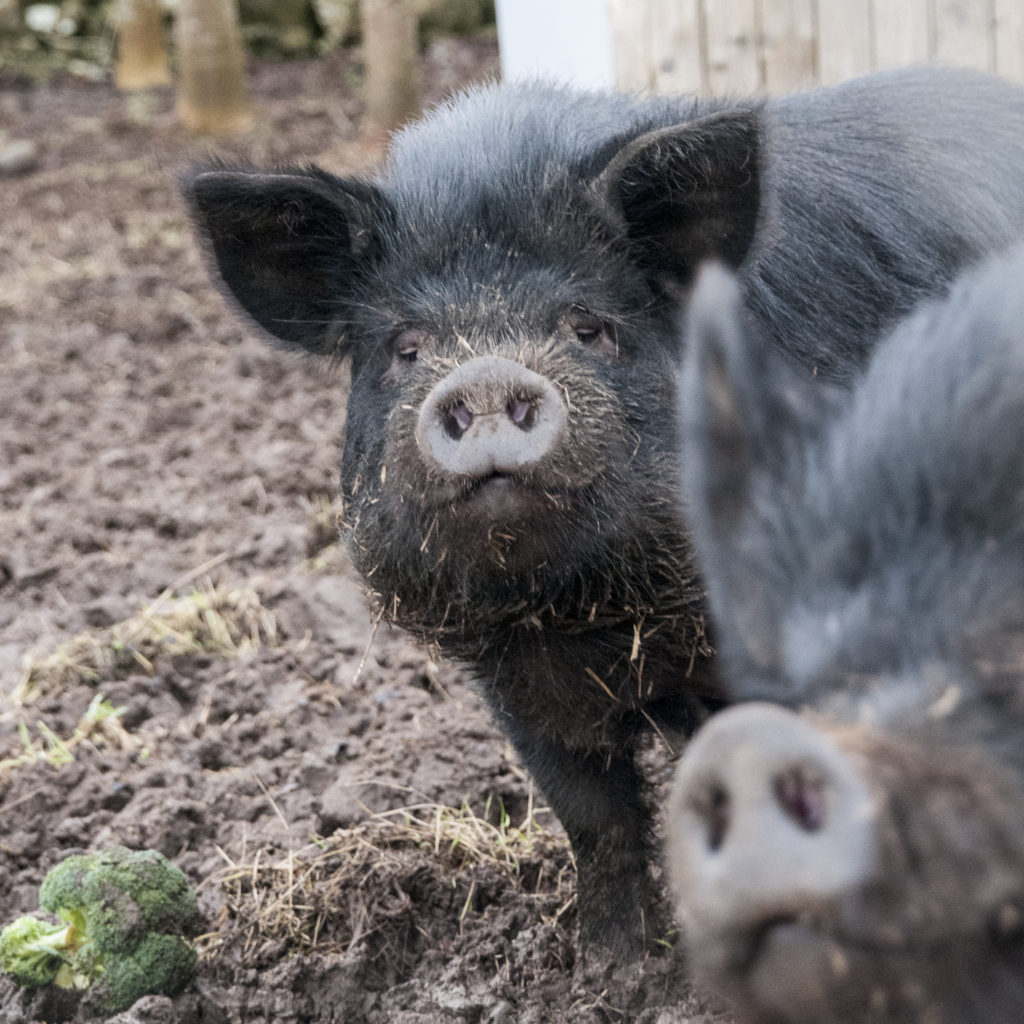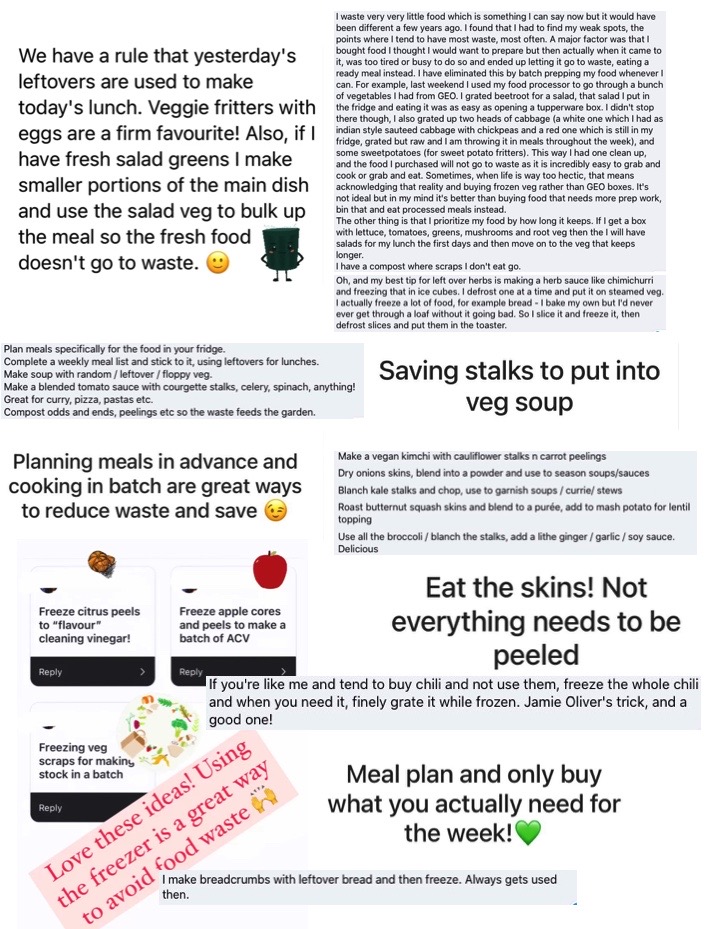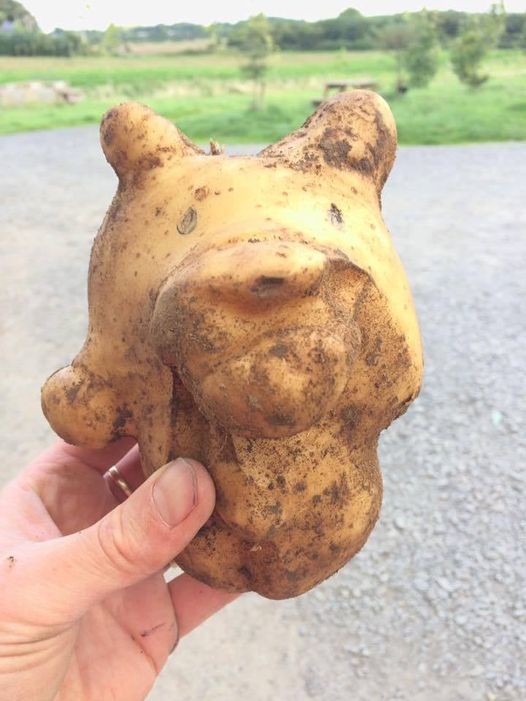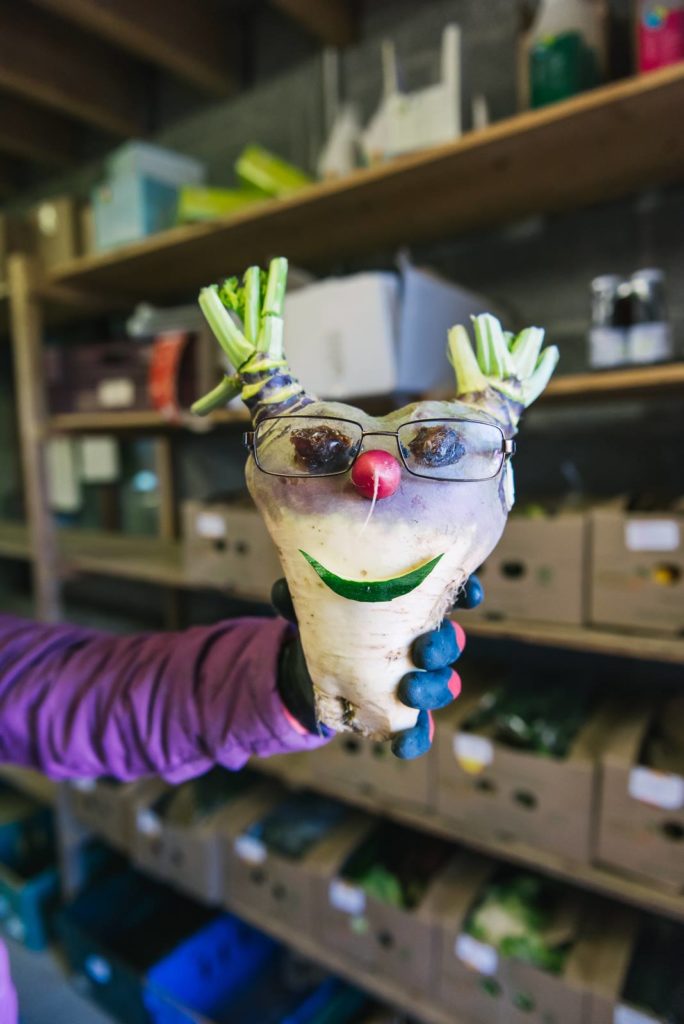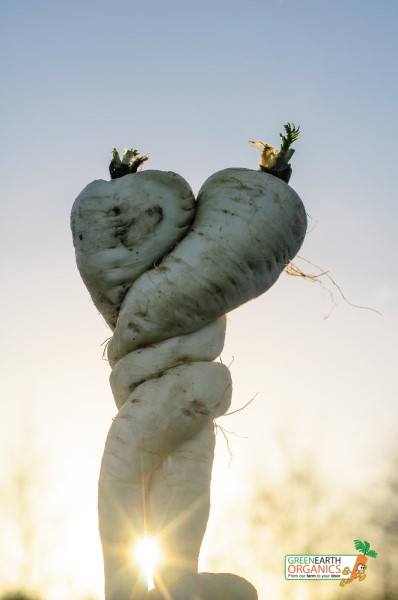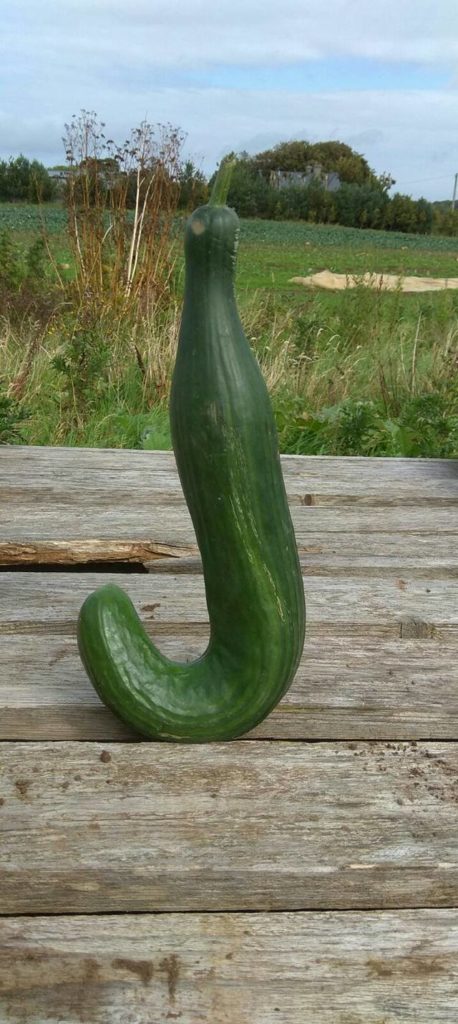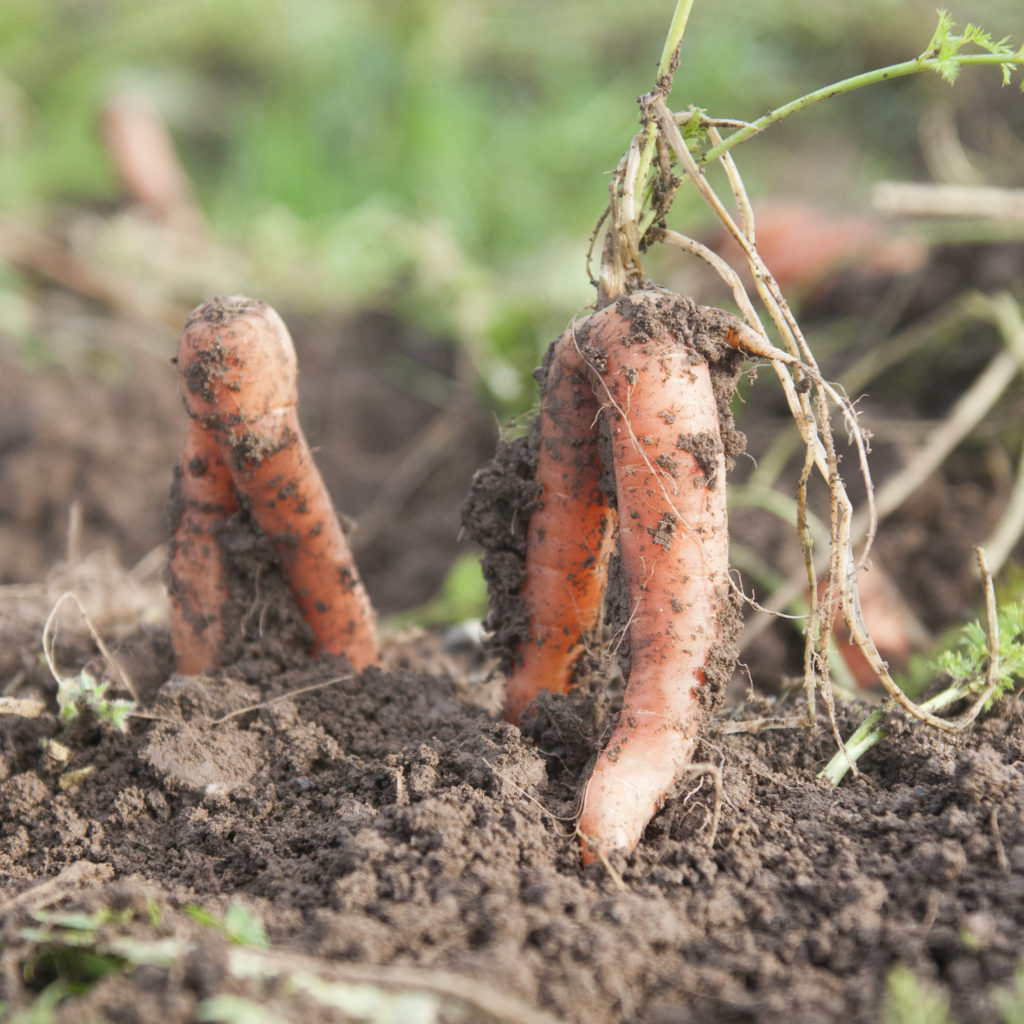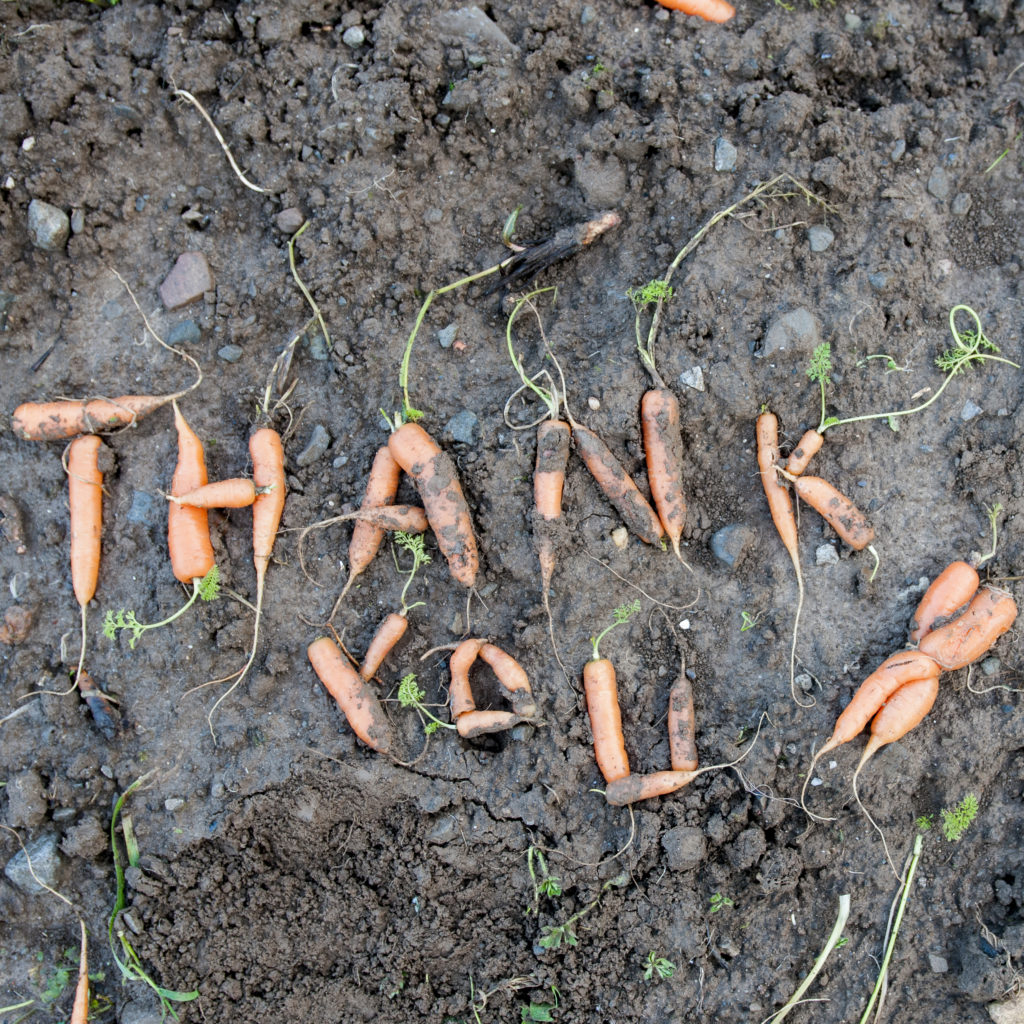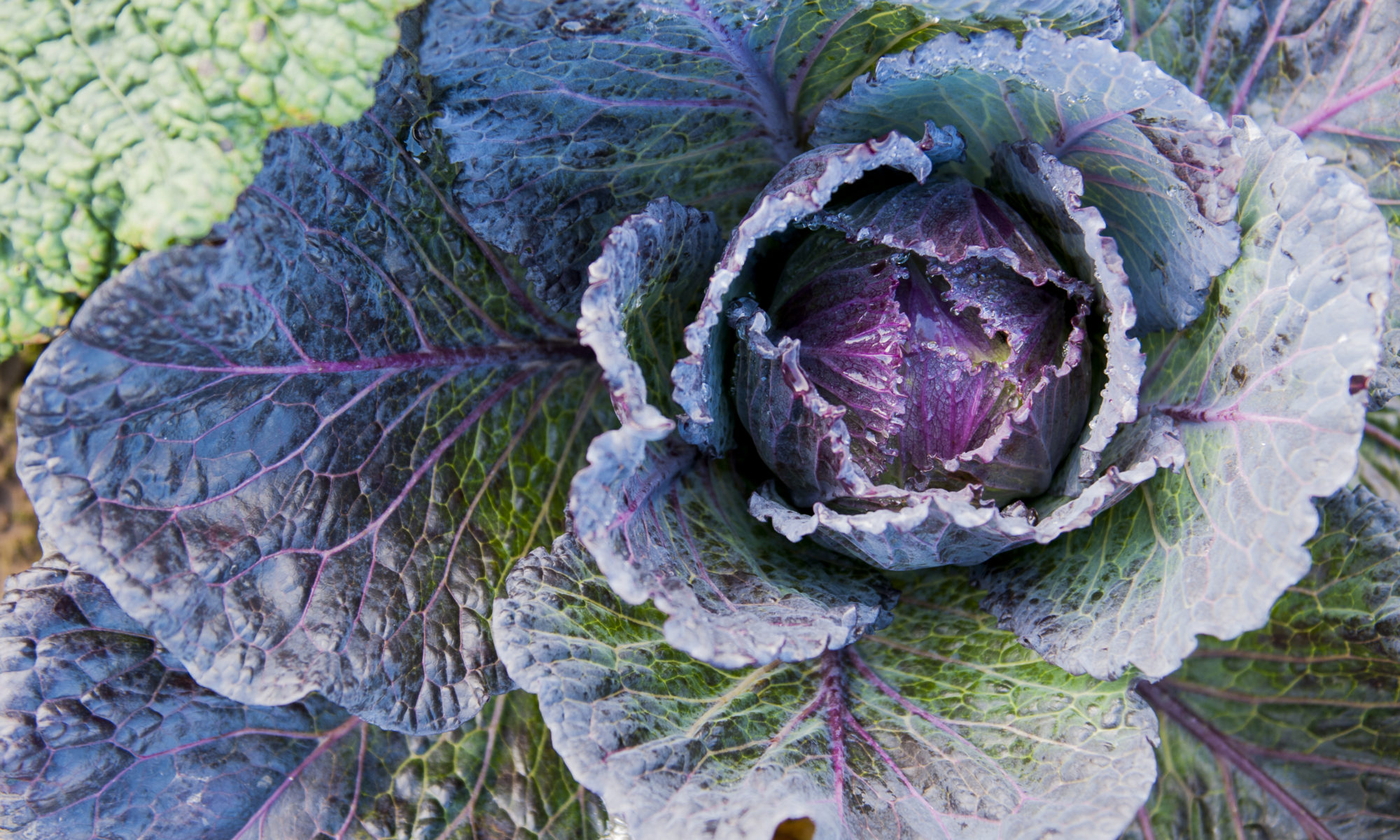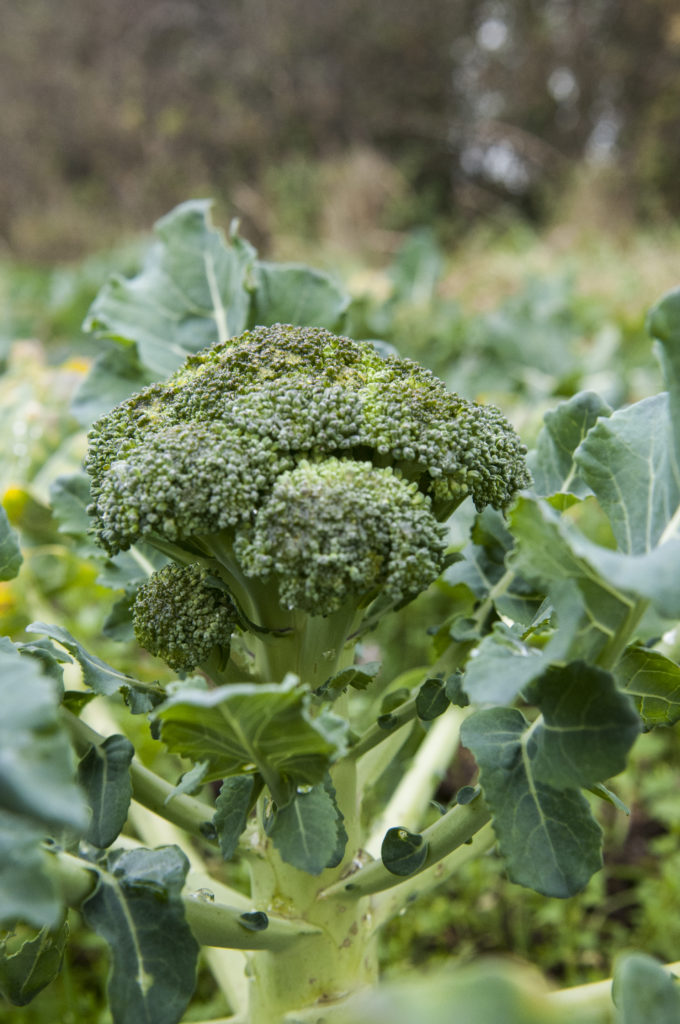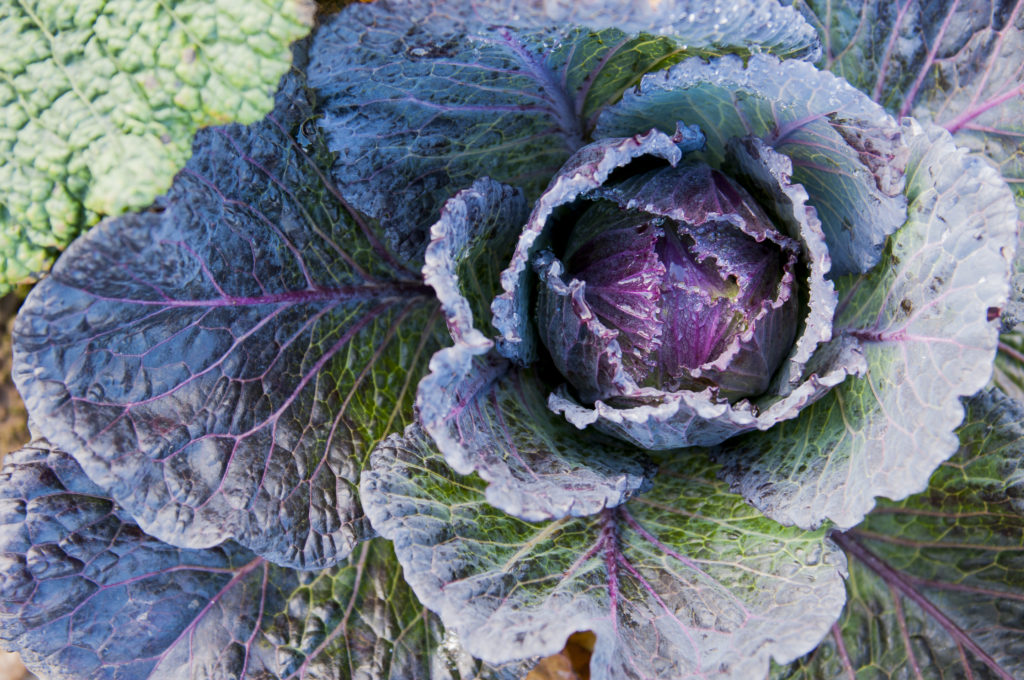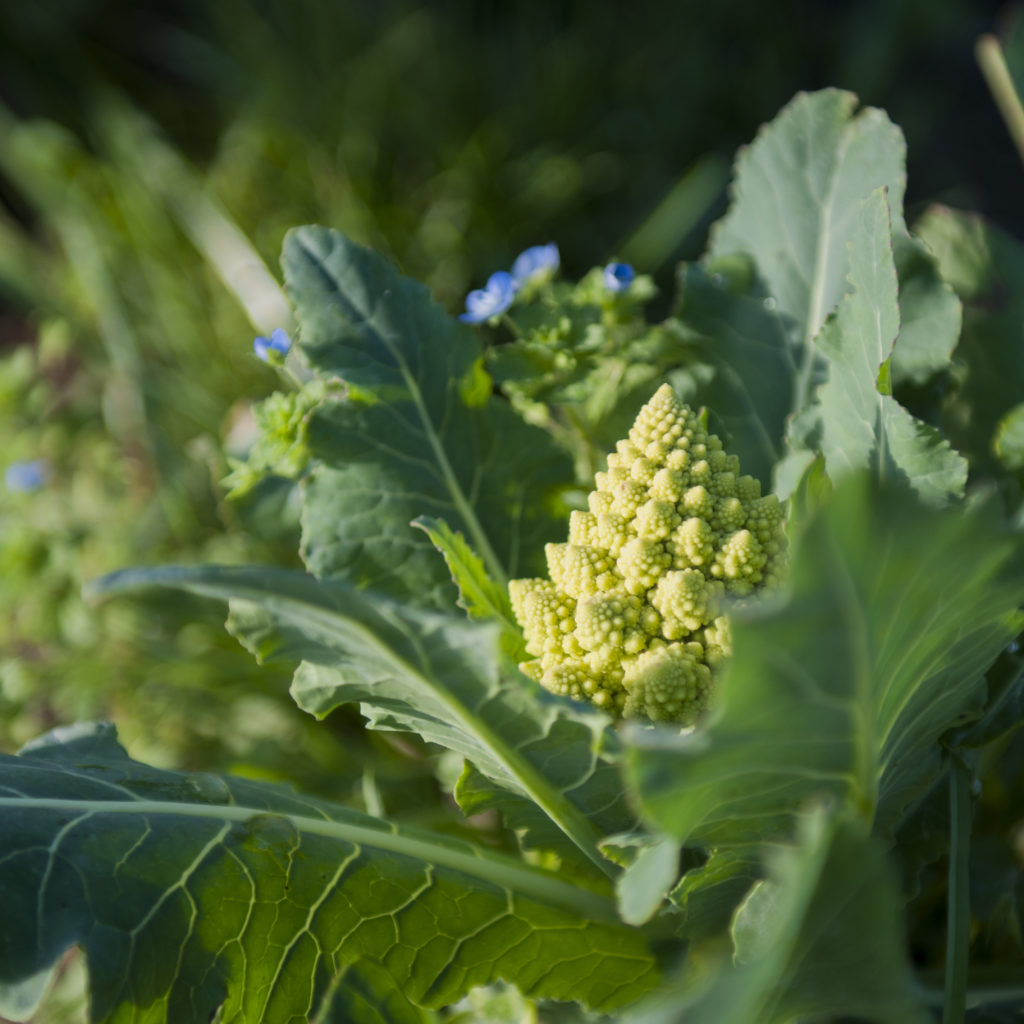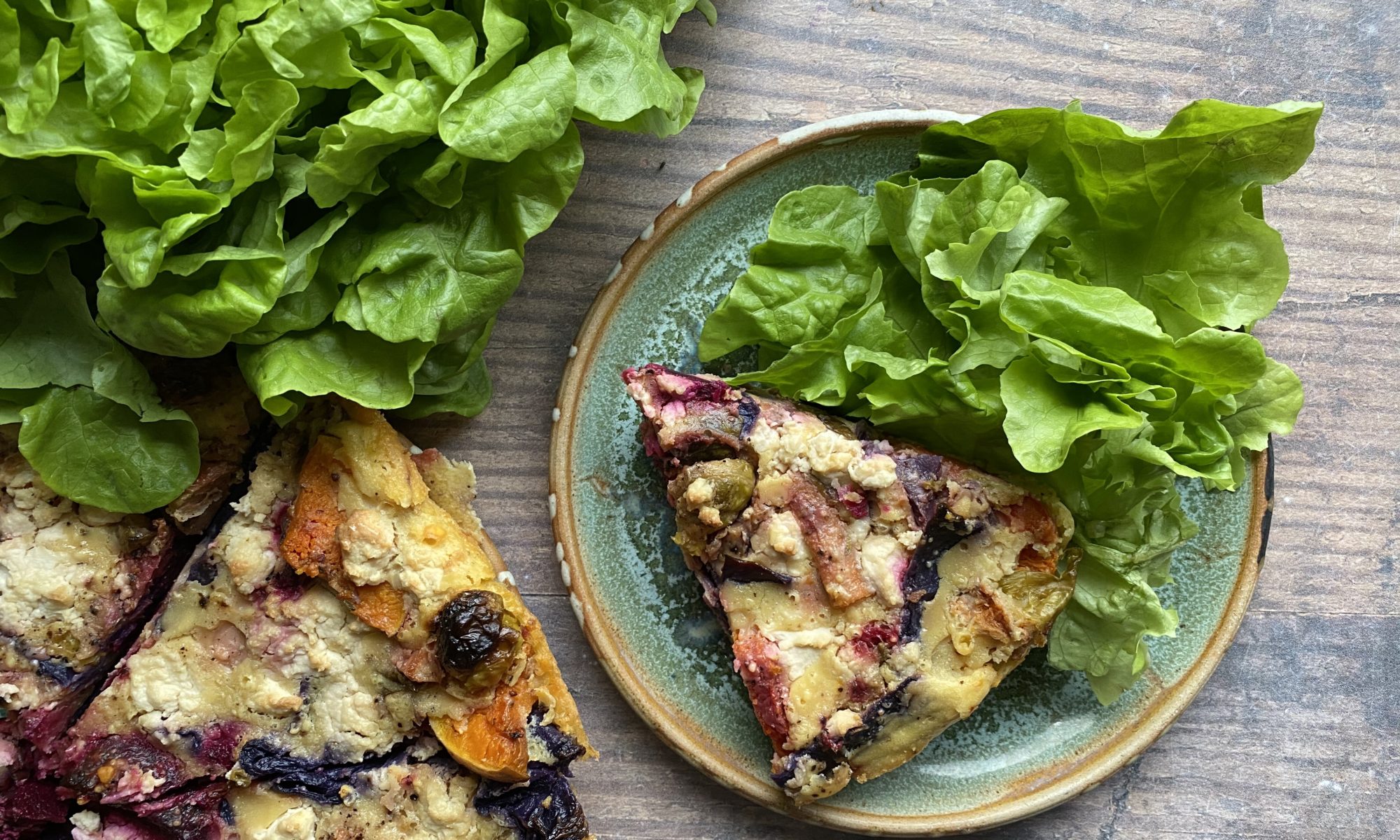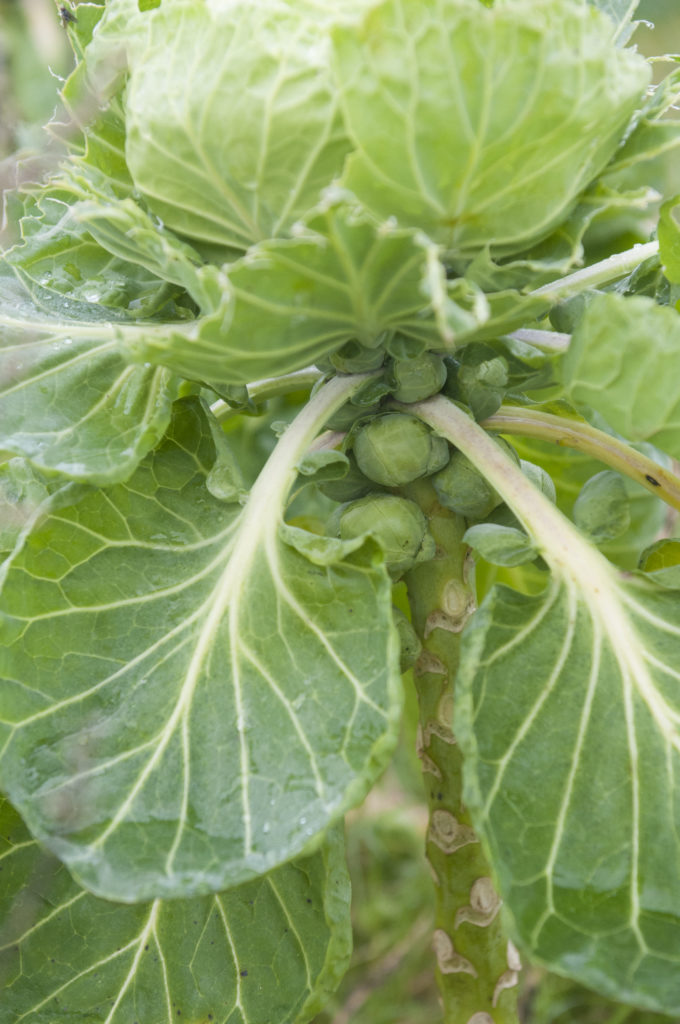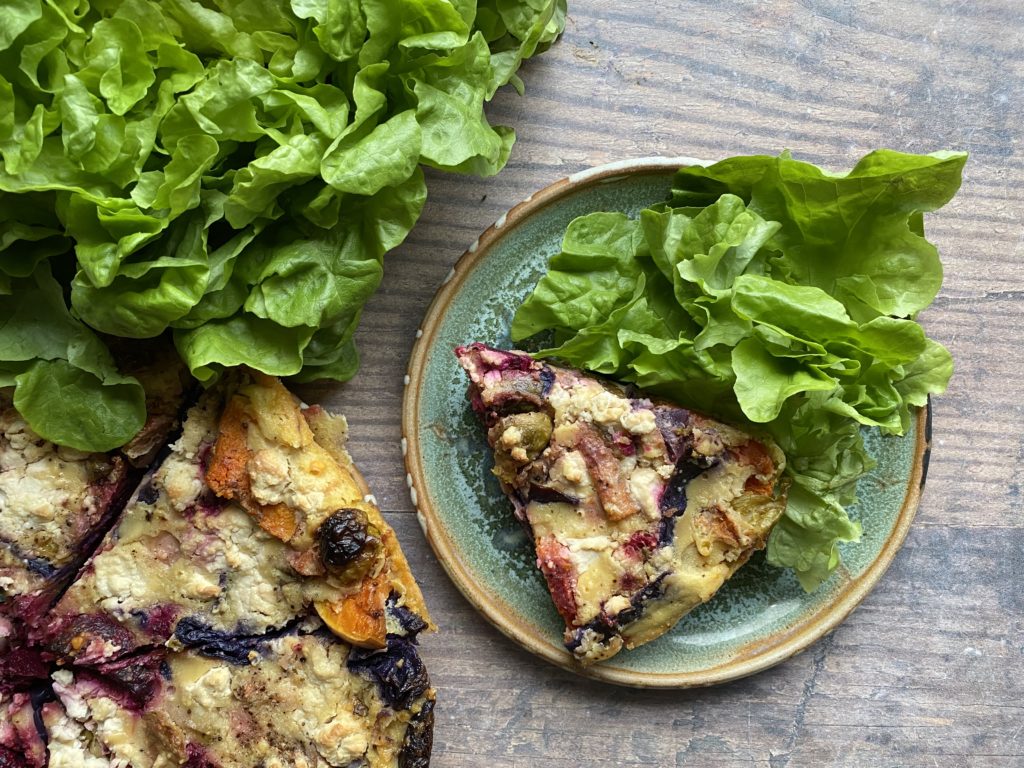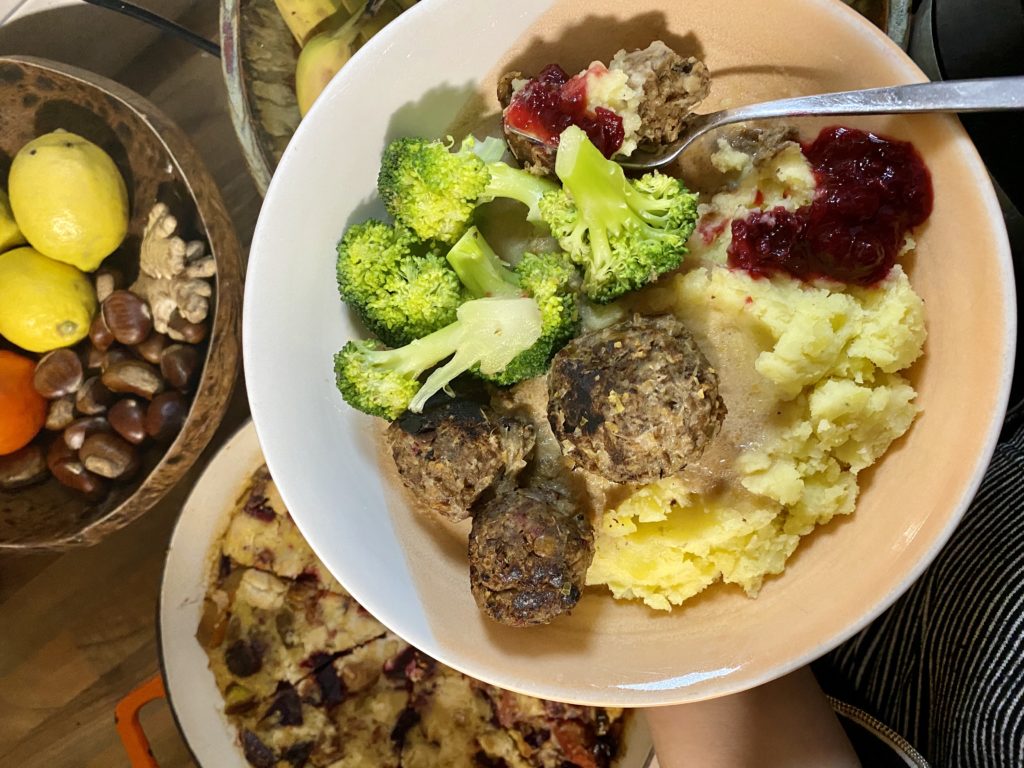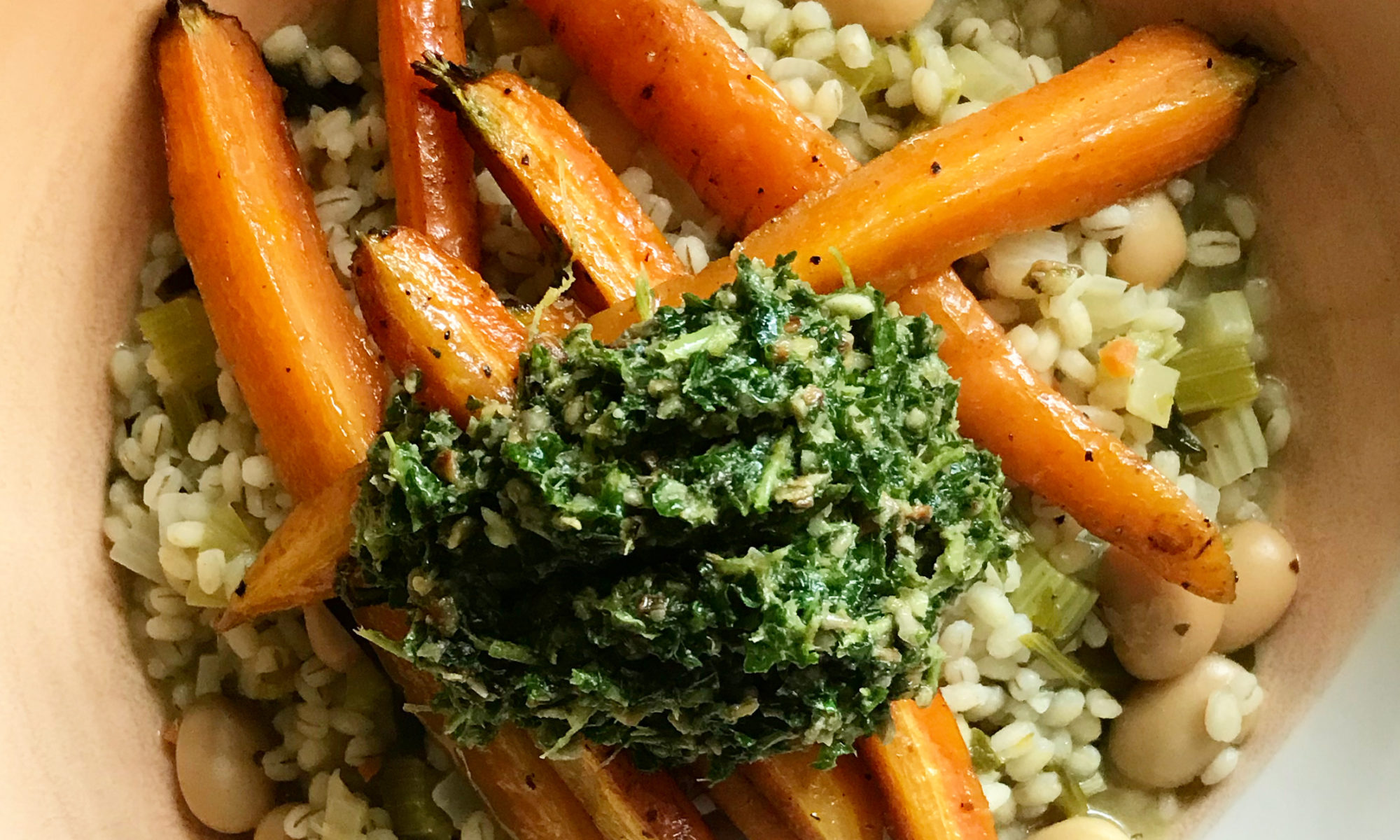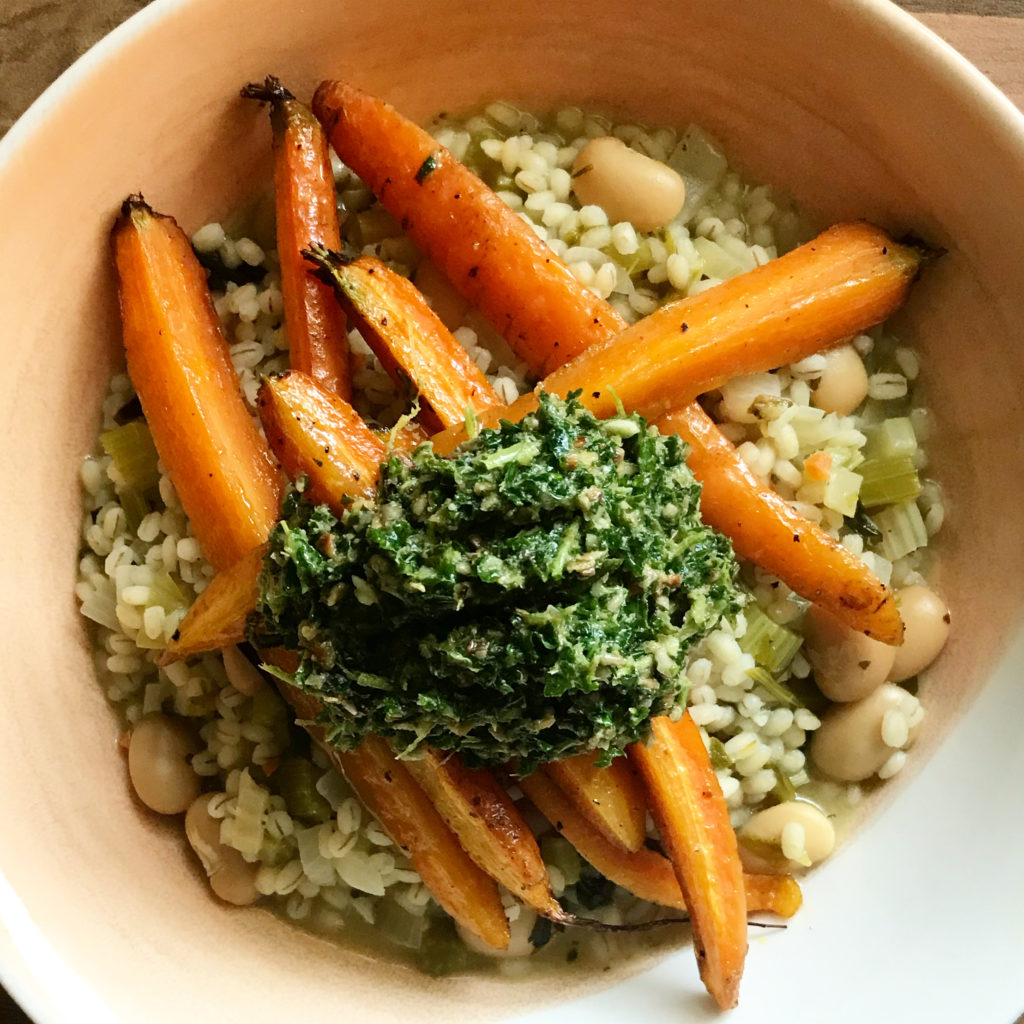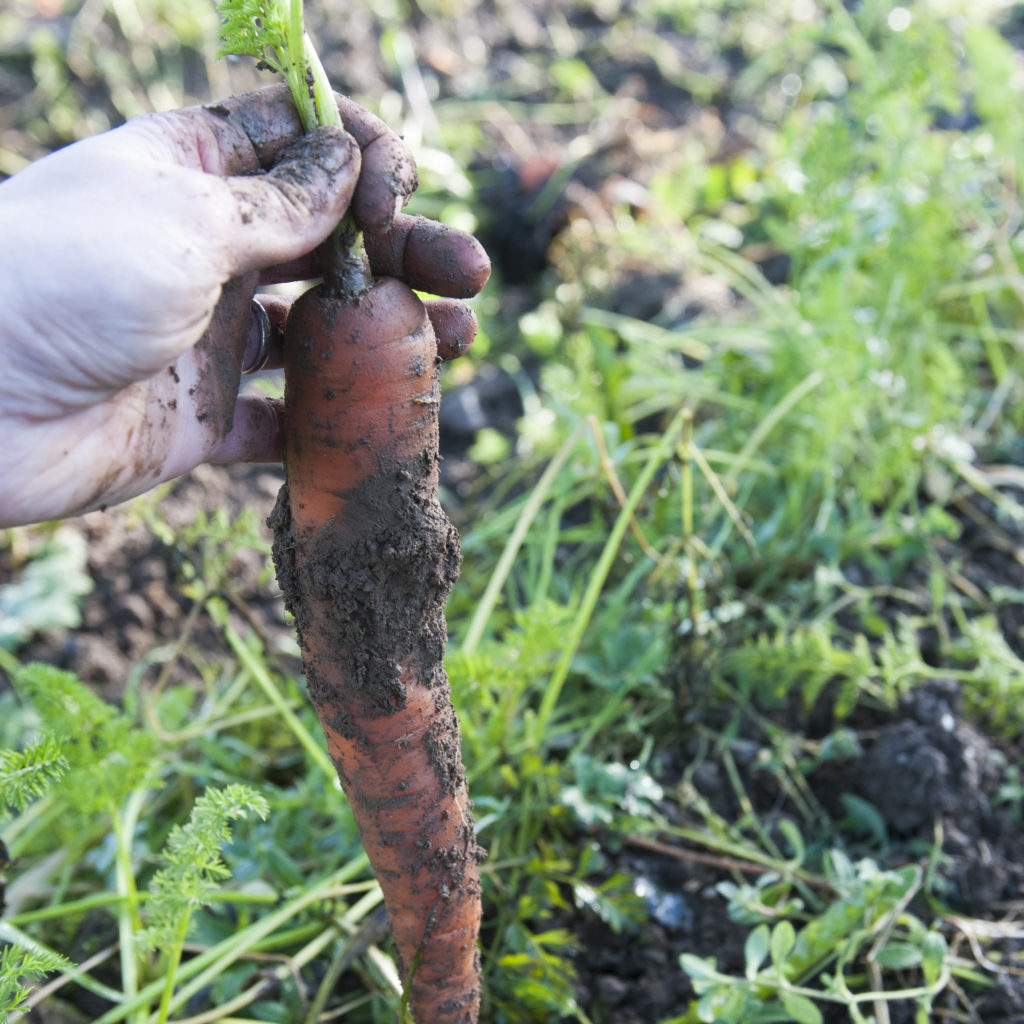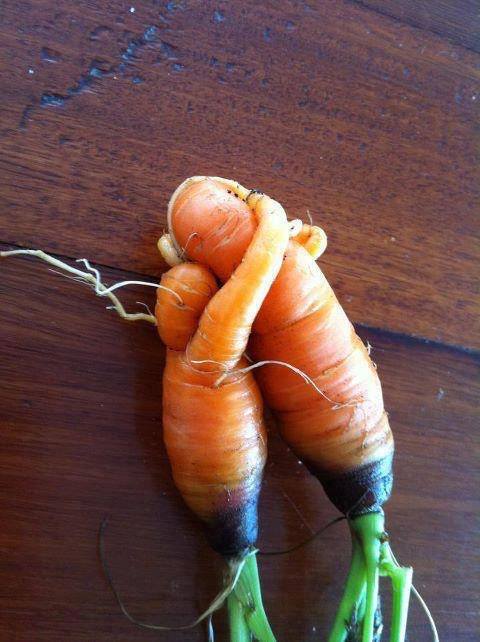
Hopefully we will all be doing what the carrots in this photo are doing soon!
Over the last 15 years we have seen a fair bit, and although generally things are never black and white, one thing stands out for me as being just that: food waste. Whatever way you look at it, it is wrong.
We work really hard here to reduce food waste, it is not always possible, but it is one of our core values. There are times when the quality just is not good enough and we will never ever compromise on the quality of what we send out in our boxes.
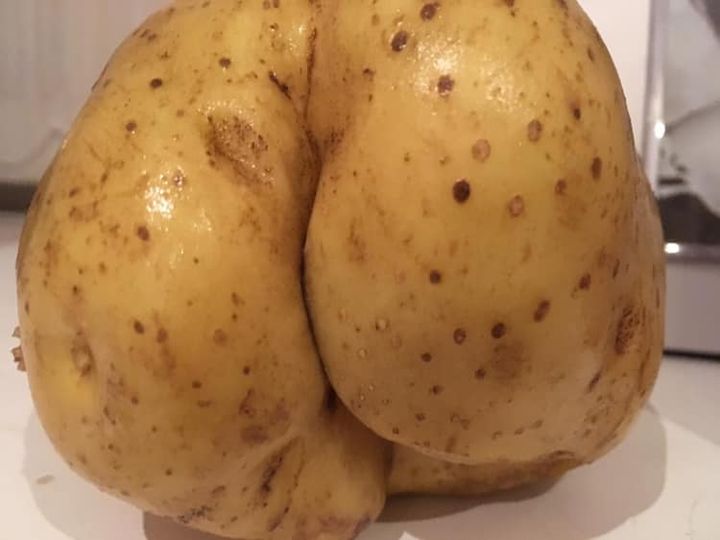
We grow our own food so we have a very good understanding of what is ok and what is not. We make sure we harvest as close to packing the boxes as possible, we work with other growers to ensure we have the freshest best produce.
But there is one thing we never do, we never discriminate based on looks, on wonkiness. If a carrot is wrapped around another carrot will we grade it out? Absolutely not, we will CELEBRATE it, If a potato is showing a little cheekiness, well that is absolutely ok with us. In fact, we want vegetables like that.
This ‘WONKY’ food tastes the same, it has the same nutritional value, it looks the same on our plates it has been grown sustainably on organic land. It makes a lot of sense to us to NOT grade out vegetables like that. I guess we are pretty lucky that we do not have to conform to supermarket standards, that we set out own standards and we can do this because we know you our customers are ok with getting cheeky potatoes every now and again.
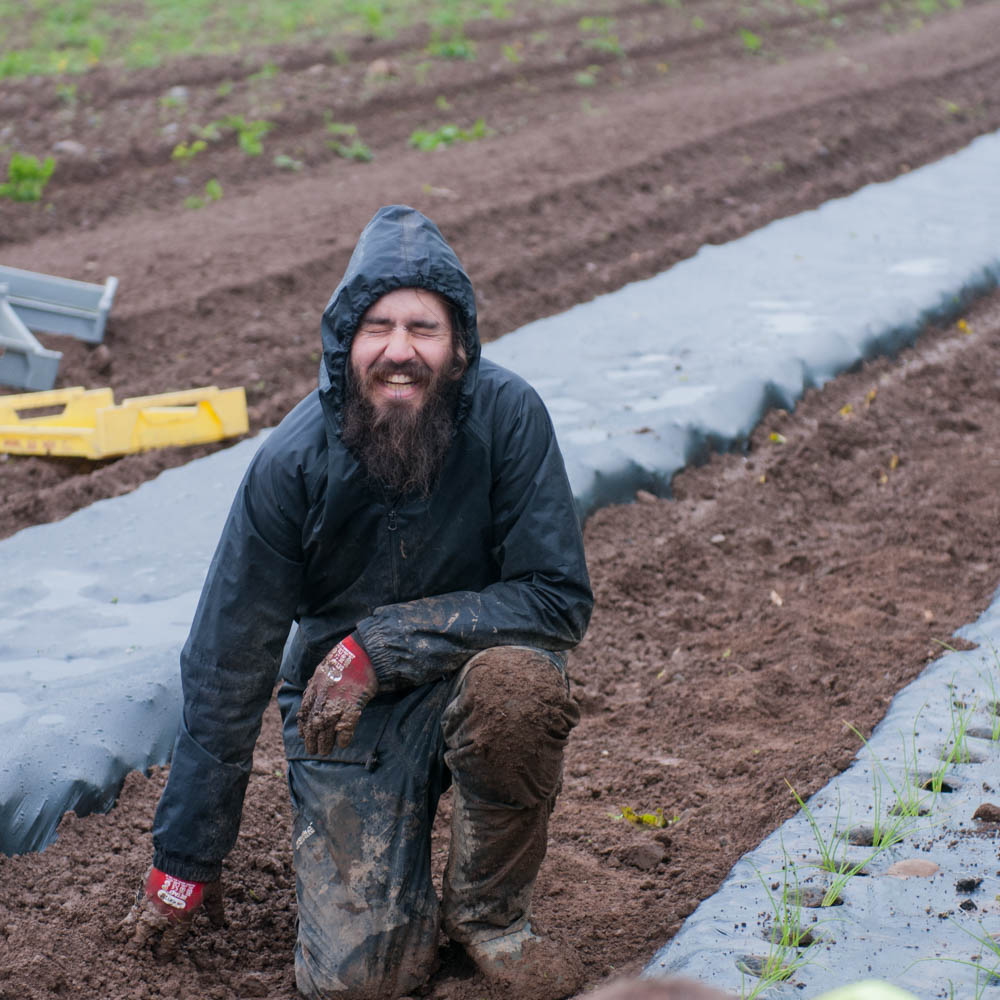
Ultimately, we appreciate this because we know how hard it is to grow food. Right now, as I write, this we are behind with our planting, the weather is not being very seasonal, it is to reach 2C tonight and the temperatures have been very disappointing for May and heading into June it is still wet and cold.
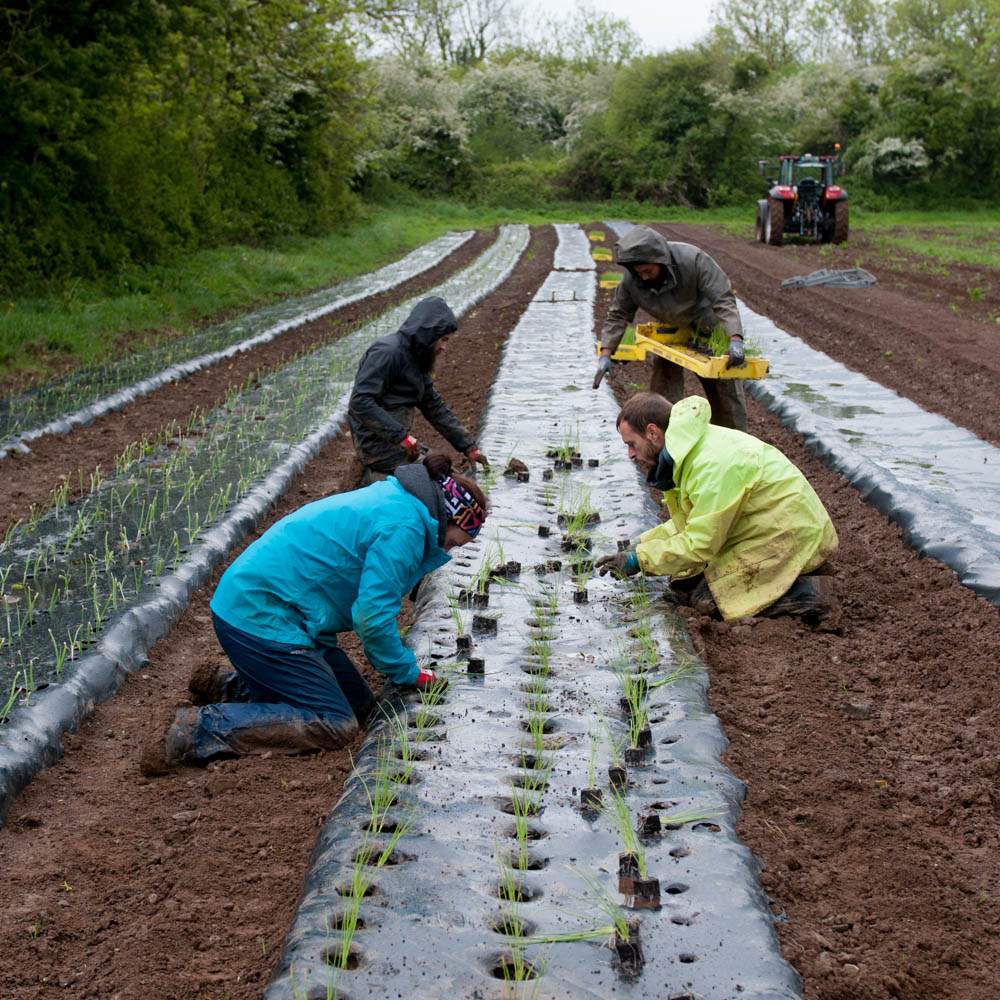
I hope we get a break soon, as we have plants backing up waiting to go into the wet fields, and the plants that are already in the fields are behind where they should be. It is hard not to feel a little anxious, will the weather ever give us a break? Every year it is has, and this year I hope will be no different, so, we wait and be patient, there really is very little else we can do.
So, as a farmer when you consider all the effort required to produce the food it would be extremely disheartening to think the end result might be your produce being dumped in a bin. We have designed a food storage fridge magnet flyer to help you in the first step to avoid food waste – correct storage and using your delicate fruit and veg first is key. It’ll be packed in all the boxes next week. We hope you find it useful! Read our blog about food waste here for more ideas on how to cut your food waste.
Many growers of course have these rules imposed on them by the people that hold the keys to the kingdom: the supermarkets. Food does get rejected based on appearance and this is something that gets under my skin, it is wrong for so many reasons.
Many growers of course have these rules imposed on them by the people that hold the keys to the kingdom: the supermarkets. Food does get rejected based on appearance and this is something that gets under my skin, it is wrong for so many reasons.
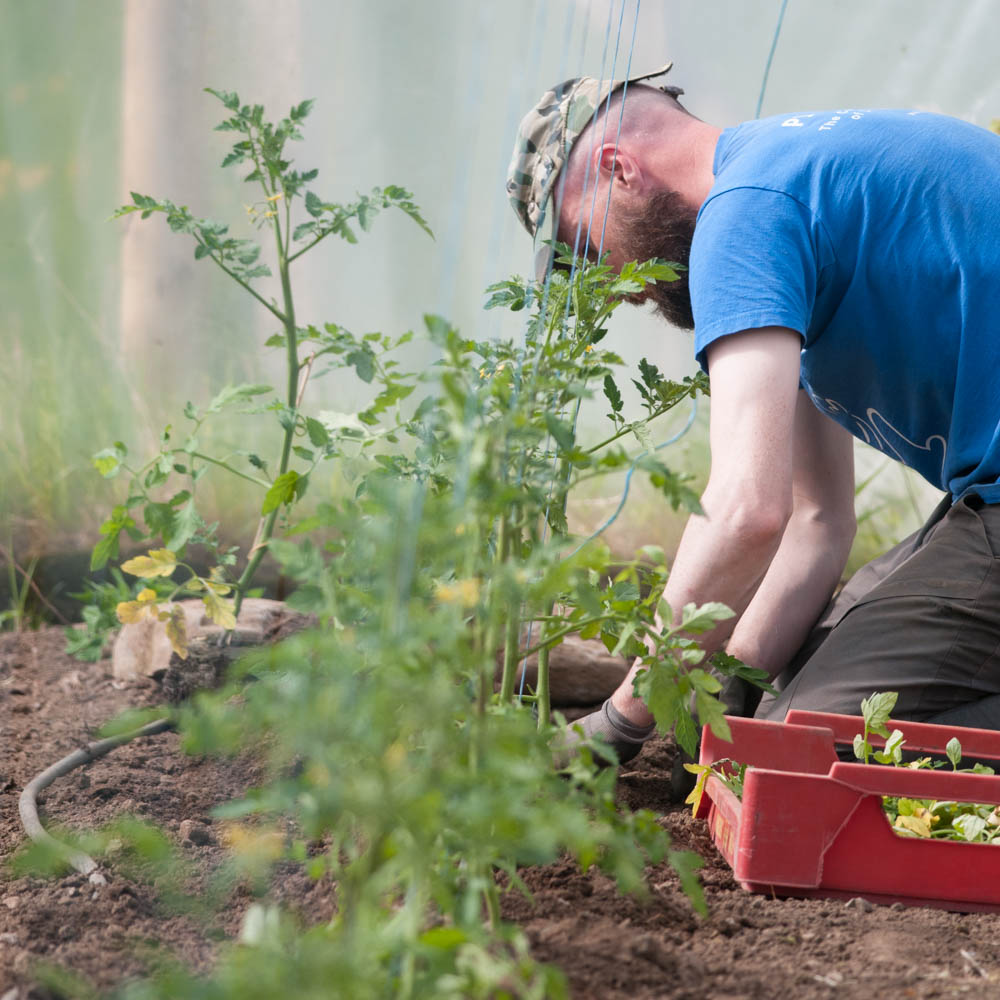
I believe we are promised warmth and full sun tomorrow and that is good, it means we can get on with the work of growing food, and that makes me happy. Our carrots when they come later in the season may not be perfectly perfect in shape, but they are prefect in every other way.
Thank you for supporting our farm and know that in doing so, not only are you contributing to reducing your carbon footprint, and reducing your waste burden on our planet, you are also contributing to reducing food waste and supporting these cheeky potatoes and loving carrots!
Thank you
Kenneth
